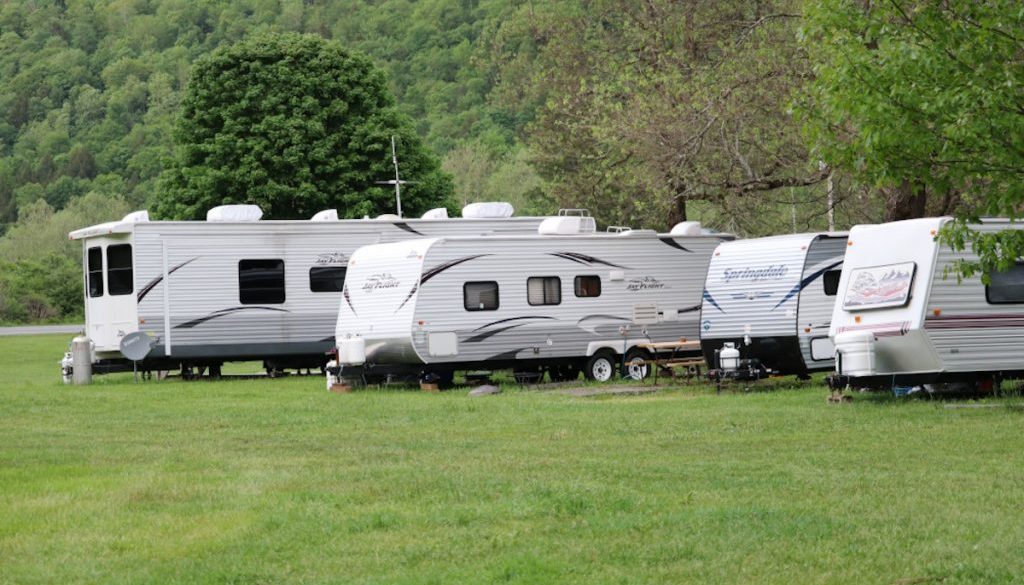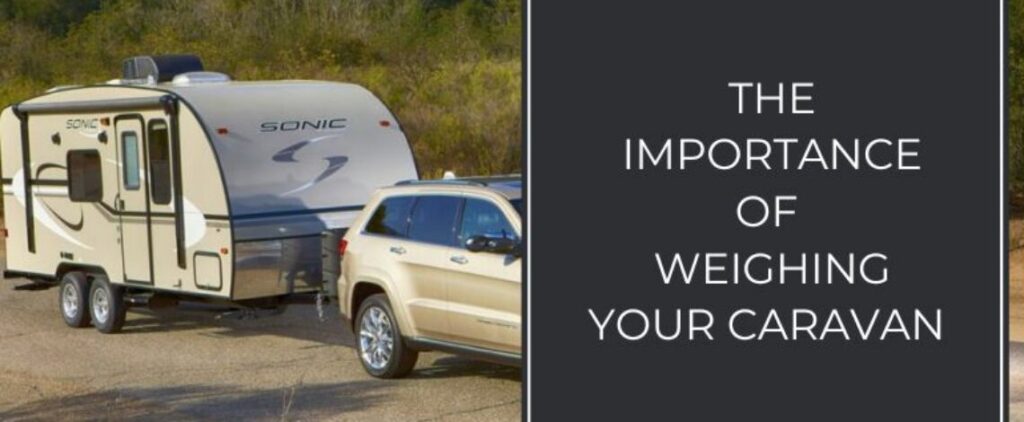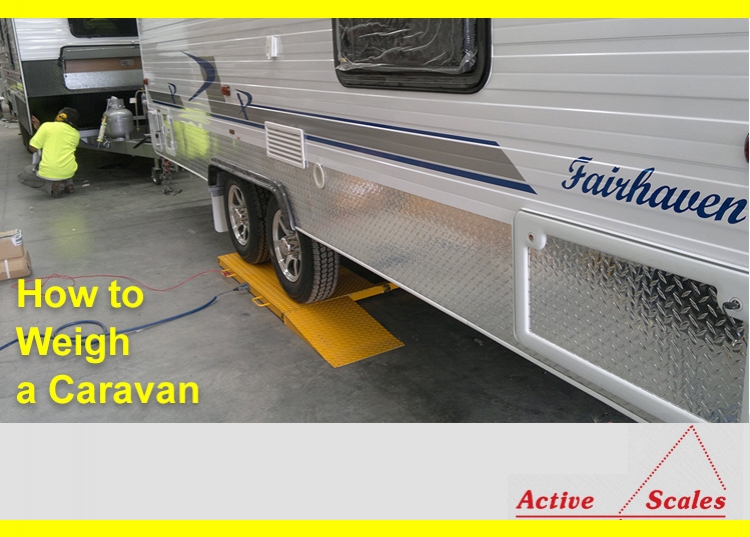Introduction
Static caravans, often referred to as mobile homes or residential caravans, are a popular choice for many individuals and families seeking a flexible living arrangement or a vacation home. Unlike touring caravans, which are designed to be mobile and frequently moved, static caravans are typically placed in one location for an extended period. They offer the comforts of a traditional home, including amenities like kitchens, bathrooms, and multiple rooms, but with the added advantage of relocation if necessary.
Understanding the weight of a static caravan is crucial for various reasons, from transportation and legal considerations to safety and maintenance. Whether you’re a potential buyer, an owner, or simply curious, having a comprehensive knowledge about the weight of static caravans can be beneficial. This article delves into the intricacies of static caravan weights, the factors influencing them, and their implications.
Types of Caravans
Caravans come in various forms, each designed to cater to specific needs. The most common types include static caravans and touring caravans. While both serve as comfortable living or vacationing spaces, their primary distinction lies in their mobility. Static caravans are designed to remain stationary for extended periods, often found in holiday parks or residential sites. They are larger, more luxurious, and equipped with extensive amenities, resembling a compact home.
On the other hand, touring caravans are built for regular movement. They are hitched to vehicles and towed to different locations, making them perfect for those with a wanderlust spirit. Touring caravans are generally lighter, more compact, and designed for on-the-go convenience. Understanding these differences is essential, especially when considering the weight and transportation logistics of each type.

Importance of Knowing the Weight
The weight of a static caravan isn’t just a random number; it holds significant importance for various reasons. Firstly, from a safety perspective, knowing the weight ensures that if the caravan ever needs to be moved, the right equipment and procedures are used. Overloading or using inappropriate towing methods can lead to accidents, damage, or even injuries.
Legally, there might be restrictions or guidelines concerning the weight of caravans in certain areas, especially if they are being transported on public roads. Exceeding these limits can result in fines or legal complications. Additionally, from a maintenance standpoint, understanding the weight can help in assessing the pressure exerted on the ground, ensuring that the site where the caravan is placed can support it without causing any damage or sinking.

Factors Influencing the Weight
A static caravan’s weight is influenced by a myriad of factors. The construction materials play a pivotal role. Caravans made from heavier, more durable materials will naturally weigh more than those made from lightweight alternatives. The size and dimensions of the caravan also directly impact its weight. Larger caravans with multiple rooms or extended living spaces will be heavier than compact models.
Internal fixtures and fittings, such as appliances, furniture, and storage solutions, contribute significantly to the overall weight. A fully furnished caravan with amenities like a washing machine, refrigerator, and air conditioning will weigh considerably more than a basic model. Additionally, any modifications, customizations, or added structures like porches or extended decks will also increase the caravan’s weight.
Weight Measurement Terminologies
When discussing caravan weights, several terminologies come into play, each providing specific information about the caravan’s weight characteristics. MIRO, or Mass in Running Order, refers to the minimum weight of a working caravan when it’s in running order. This includes the caravan’s body, essential fixtures, and any equipment necessary for it to function but excludes any additional load like personal belongings or added fixtures.
MTPLM, which stands for Maximum Technically Permissible Laden Mass, indicates the maximum weight that the caravan manufacturer deems safe when fully loaded. This includes the weight of the caravan itself, along with all possible additions like luggage, furniture, and other contents. The difference between MTPLM and MIRO gives an idea of the user payload, which is the additional weight of items that can be safely added to the caravan. Understanding these terminologies is crucial for safety, legal, and practical reasons, ensuring that the caravan operates within its weight limits.

Methods to Determine Caravan Weight
Determining the exact weight of a static caravan is crucial for safety, legal, and practical reasons. One of the most straightforward methods is to consult the manufacturer or the caravan’s manual. Manufacturers usually provide detailed specifications, including the weight of the caravan when empty (MIRO) and its maximum permissible weight (MTPLM). This information is often found on a plate or sticker located on the caravan itself, typically near the door or inside a cupboard.
Another method is to use specialized weighing scales available at some caravan sites or transportation hubs. These scales can measure the caravan’s weight when it’s fully loaded, giving a real-time assessment. While this method provides an accurate reading, it’s essential to ensure that the scales are calibrated and suitable for the caravan’s size. Additionally, for those looking to estimate the weight based on size and type, various online resources and forums provide ballpark figures, though these should be used with caution and only for preliminary assessments.

Towing and Transportation
While static caravans are designed to remain stationary for extended periods, there are instances when they need to be moved, either for relocation, maintenance, or due to external factors like changing weather conditions. Towing a static caravan is not as straightforward as towing a touring caravan. Given their size and weight, static caravans require specialized equipment and vehicles for transportation. Regular towing vehicles might not be effective or safe due to the caravan’s weight.
Electric tow tugs have emerged as a popular choice for moving static caravans. These machines are designed to handle heavy loads and can safely transport caravans across various terrains. However, it’s essential to ensure that the tow tug’s capacity matches or exceeds the caravan’s weight. Additionally, professional assistance is often recommended when moving a static caravan. Experts in the field have the necessary equipment, knowledge, and experience to handle the caravan safely, ensuring that it’s transported without damage or complications.
Conclusion
Static caravans offer a unique blend of comfort, flexibility, and convenience, serving as holiday homes, rental properties, or even permanent residences for many. Understanding their weight is not just a matter of curiosity but holds significant importance for safety, legal, and practical reasons. Whether it’s for transportation, maintenance, or ensuring the ground’s stability, knowing the caravan’s weight can prevent potential mishaps and ensure a smooth caravan experience.
In the world of caravans, knowledge is power. Being informed about the intricacies of static caravan weights, the factors influencing them, and the implications of these weights ensures that owners, potential buyers, and enthusiasts can make informed decisions. Whether it’s choosing the right towing equipment, selecting a suitable site, or understanding legal weight limits, a comprehensive grasp of the subject ensures safety, compliance, and peace of mind.



